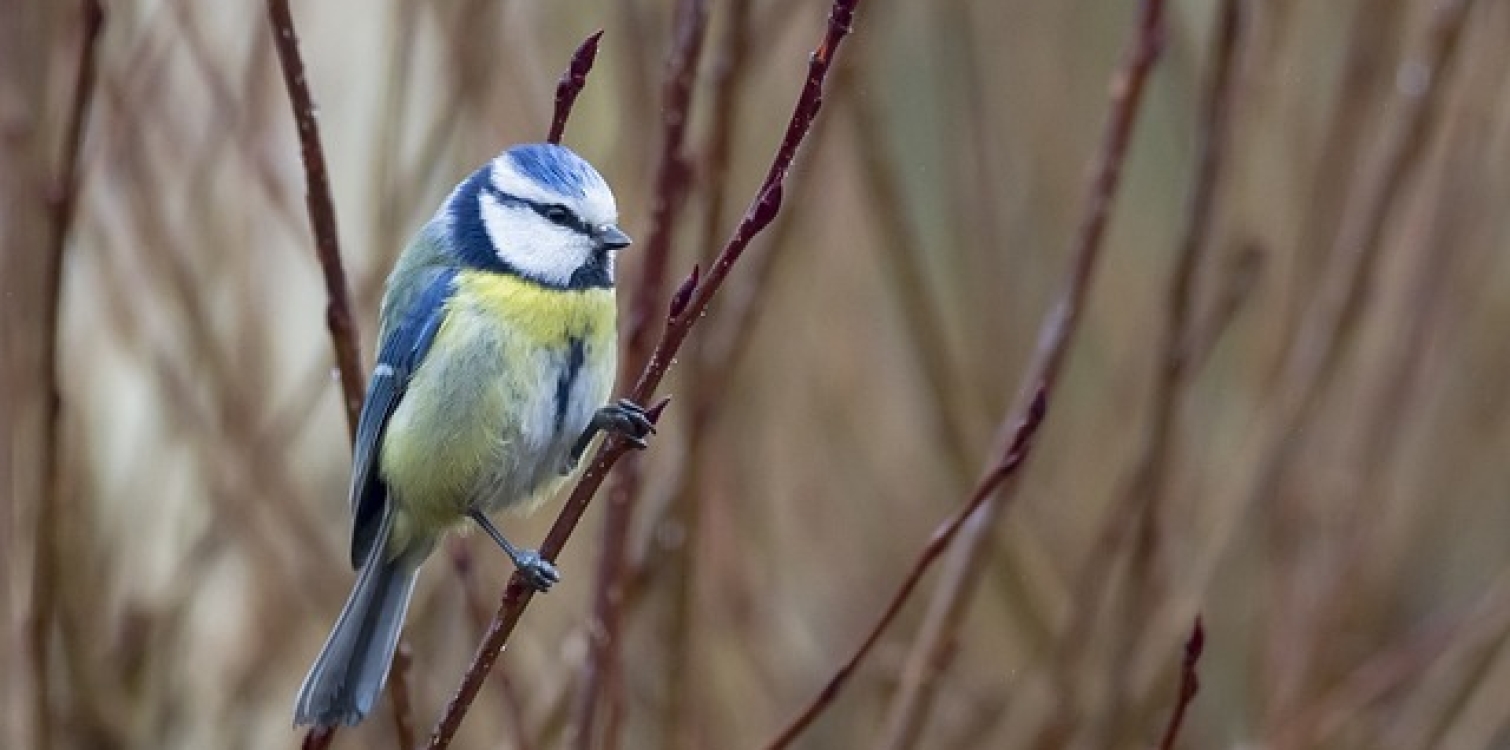
Source: pixabay
Eurasian blue tit (Cyanistes caeruleus)
| Size |
|
| Weight |
|
| Diet |
|
| Habitat |
|
| Kingdom |
|
| Phylum |
|
| Class |
|
| Order |
|
| Family |
|
| Genus |
|
| Species |
|
Its belly and chest are yellow. It has a narrow black stripe on the belly and a black stripe over the eye. The female and male do not differ in colour, but the colour of the female may be slightly less pronounced.
The blue tit is a small bird, reaching up to 12 centimeters in size. It nests from spring until June, constructing its nest from moss and dry grass and lining it with fine down. It often uses tree hollows, wall crevices, and frequently takes advantage of nest boxes provided by people.
The nest often contains 15 white eggs with reddish spots.
Its diet consists of insects and their larvae, spiders, and seeds. It is a welcome visitor to orchards and gardens, as it helps reduce damage caused by insect larvae. Because insects are hard to find in the fall and winter, this small tit is frequently seen at feeders.
It is considered a lowland species, but it can also be found in mid-mountain areas and, exceptionally, even higher up.

Source: pixabay
- The year-round wandering bird is recognized by its blue plumage on the top of its head, its wings, and its tail.
- The Eurasian blue tit holds the record among our songbirds for the number of eggs per clutch.
- It can be found throughout Slovenia, although it avoids coniferous forests.
Thank you.

